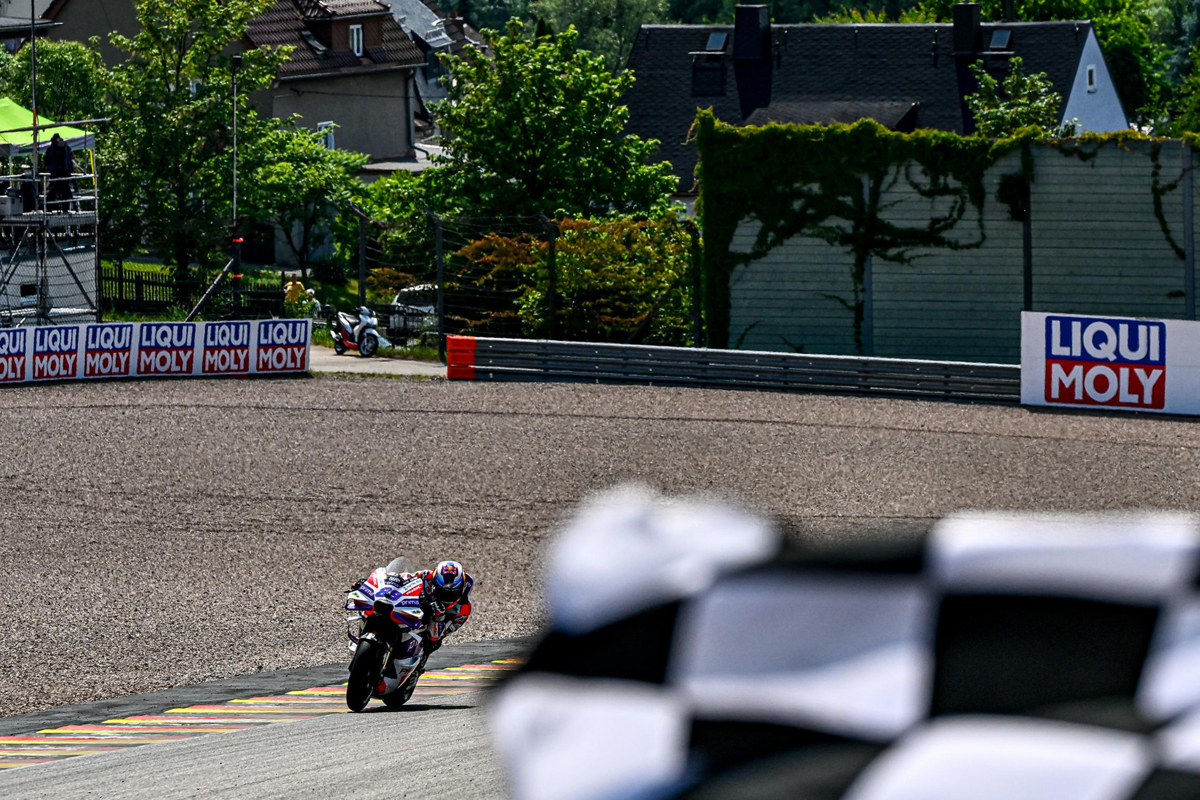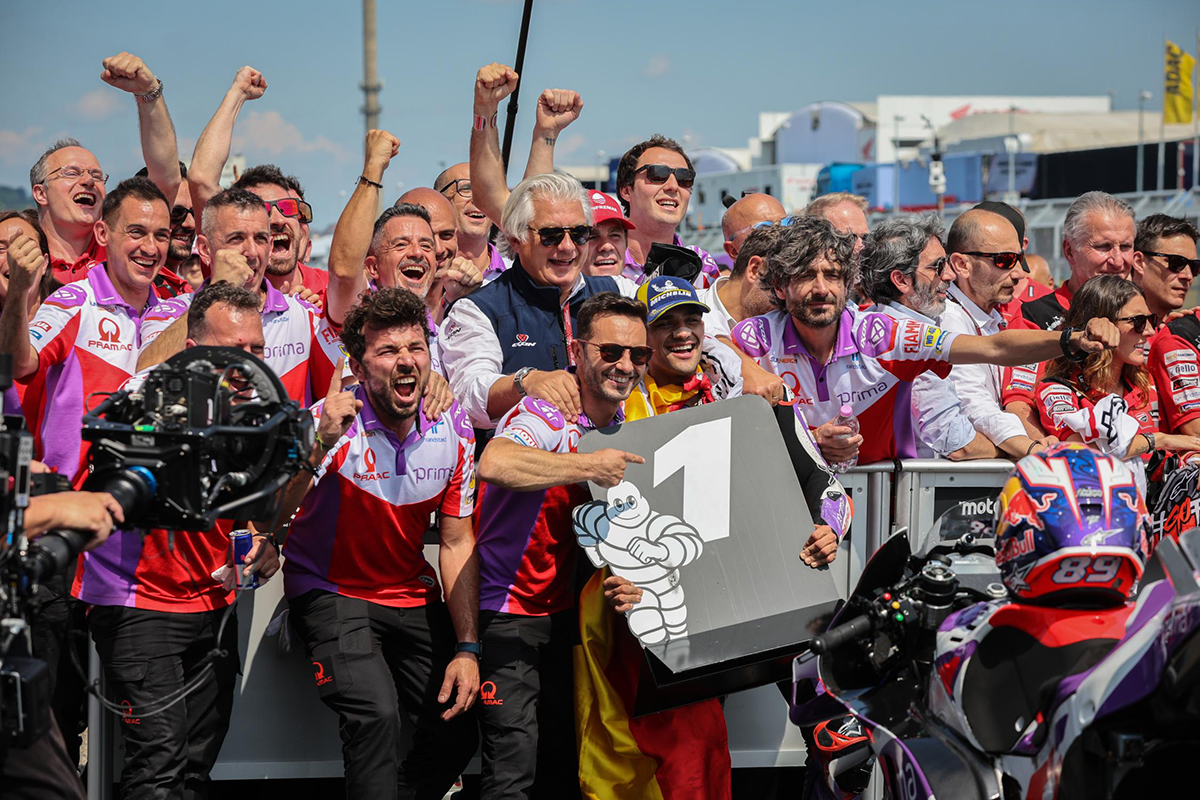
The most startling moments at the Sachsenring were not the sprint or main races, not the practice or qualifying sessions, but Marc Marquez’s five crashes in qualifying and the warm-up practice, the last one not only leading to a fracture in his right hand but also his withdrawal from the race: a race, let’s not forget, that he has dominated for more years than any other rider cares to remember.
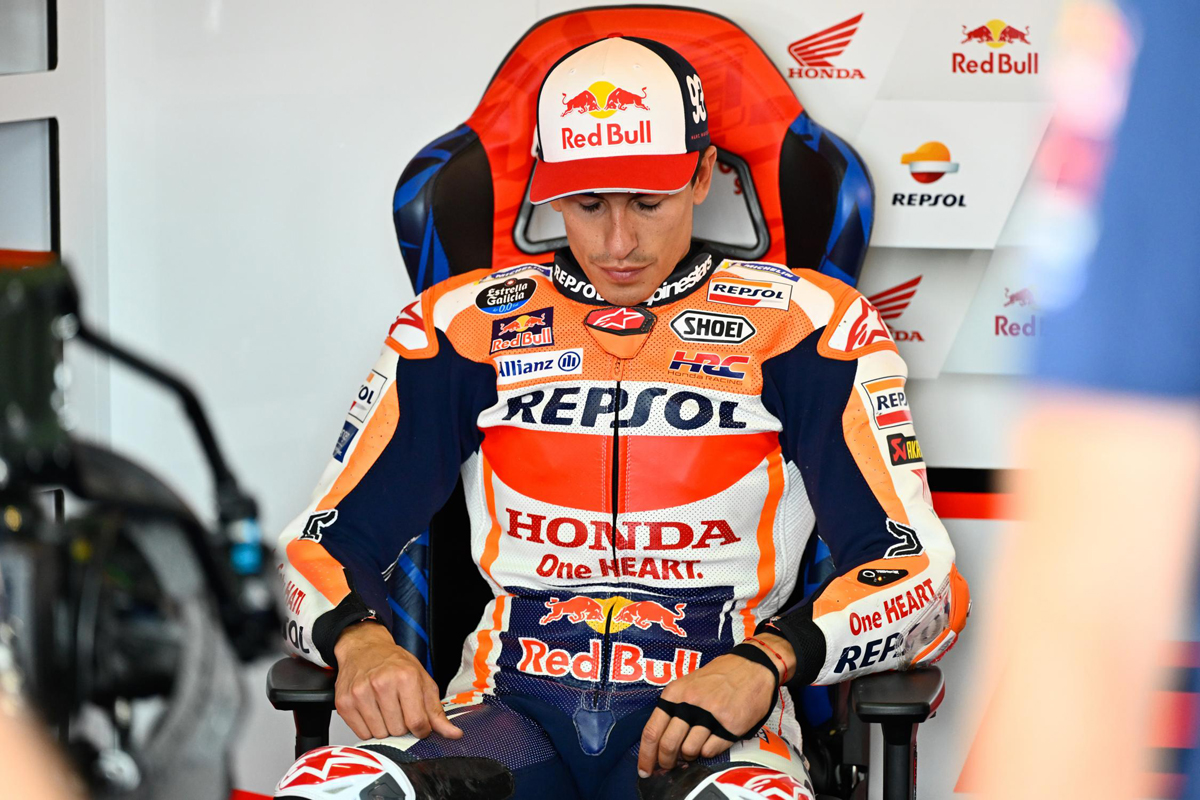
When Marquez, who was passed as fit for the race, declines to take his place on the grid, then you know the situation has become desperate and completely unacceptable. These riders are not unaccustomed to crashing but the problem is that the Honda is letting go with absolutely no warning and probably at a speed where they are not expecting anything to happen. The RC213V-S has not only failed to keep up with the development curve of rival manufacturers’ bikes but also resents being forced to go faster than it wants to. Even a rider of Marquez’ skill is coming off second-best.
Nakagami had a front-row seat for the last of the crashes: “Honestly, before he had the crash I was behind him,” he said. “I couldn’t see anything wrong with his riding. The speed was good. I didn’t see, from behind, that he did anything wrong. But he lost the rear. The bike doesn’t stop that spin. I saw a massive high side. I was scared because we use the same bike! I had the same feeling that the corner was really tricky. It’s going downhill and I was losing it, a couple of times, having the same feeling. It was difficult to manage. The bike had less grip. We need to find a solution for a safer bike.
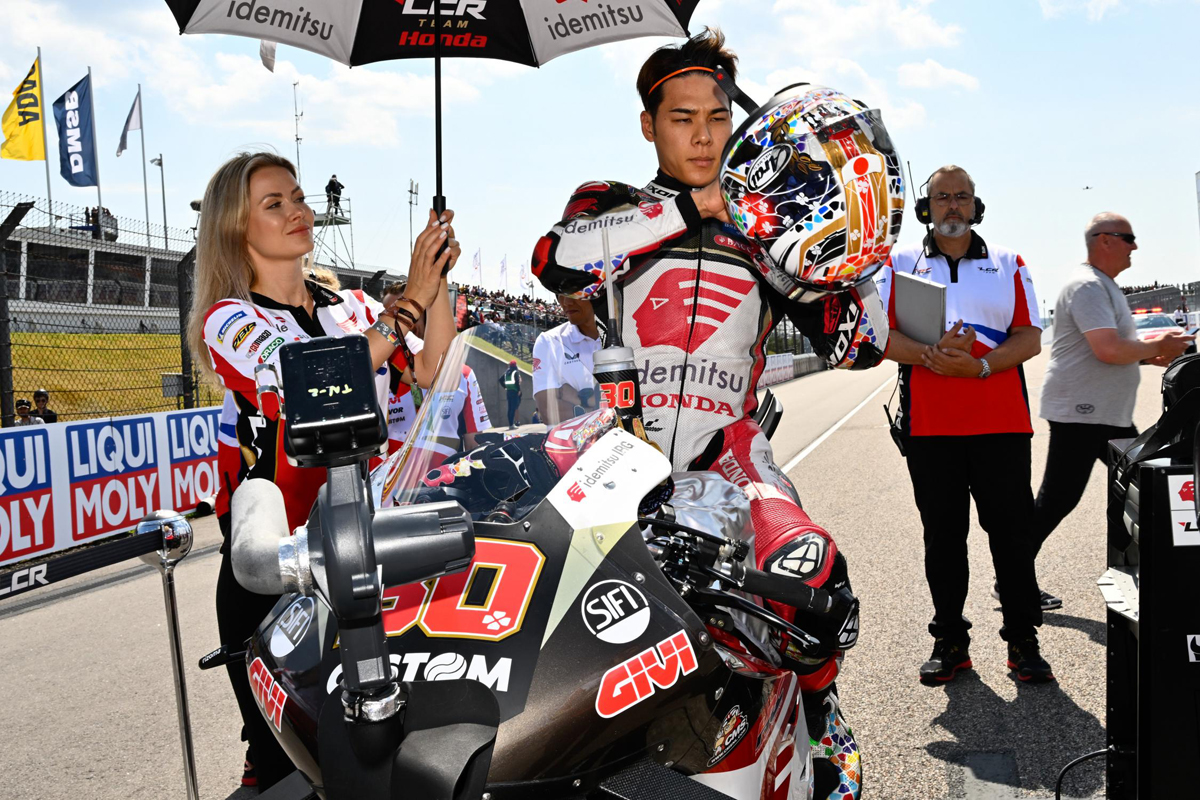
“We are normally four riders, four bikes. But today I was the only one on track for Honda. I wish them (the other riders) a speedy recovery to be strong. As you can see, it is a really, really tough moment. At least I feel OK. It’s difficult, but I’ll try to not give up. I believe HRC have ideas to improve, to change, the bike or to be more competitive. I don’t want to fight for a point or to fight for 15th. All I can do is keep pushing, and not take any big risks.” But that is exactly what the Honda is forcing them to do, especially in light of the speed of the Ducatis and KTMs.
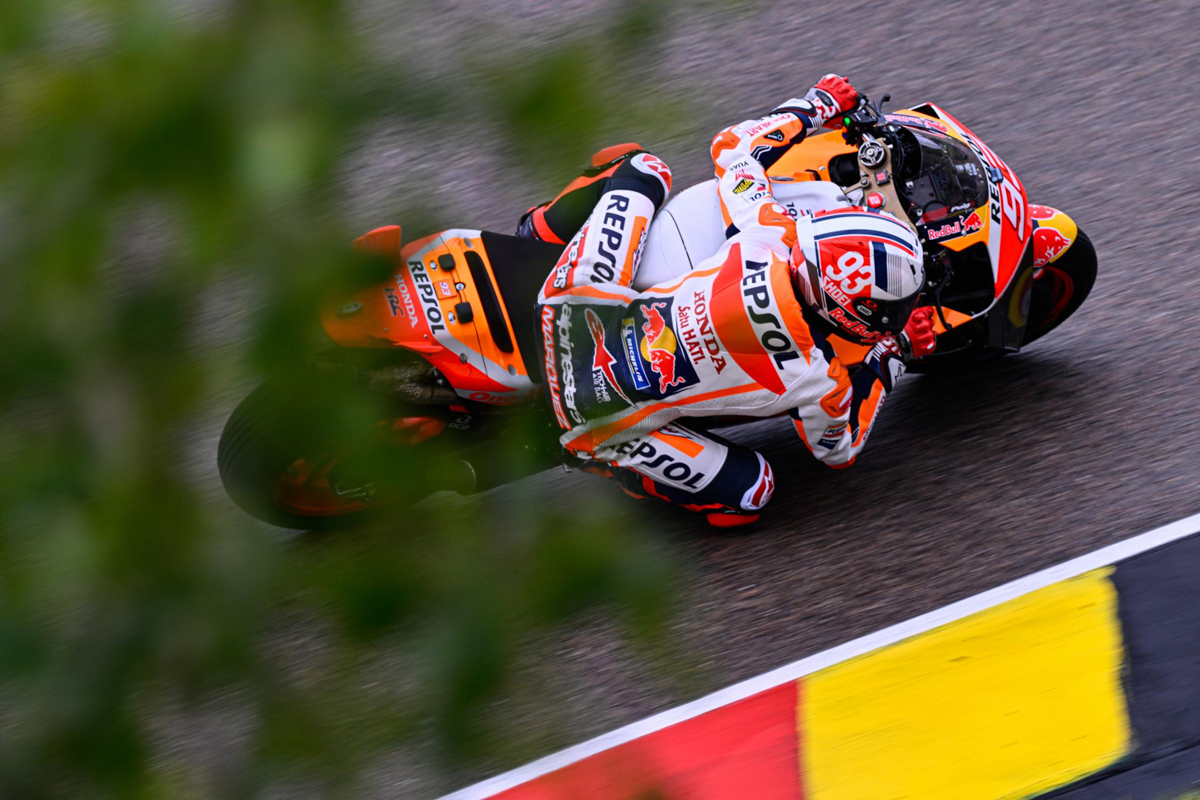
Racing is full of examples of one team being the dominant force, only to fall away and another team take over. Look at Mercedes in Formula One: winning everything for several years and then getting the design of a new car wrong and being nowhere, with a mountain to climb to catch up. But Honda’s and Yamaha’s precipitous fall in MotoGP is something else again and the problem is that the bikes are hurting the riders. For too long this season we have not had a full grid of unbroken riders and that is just not sustainable.
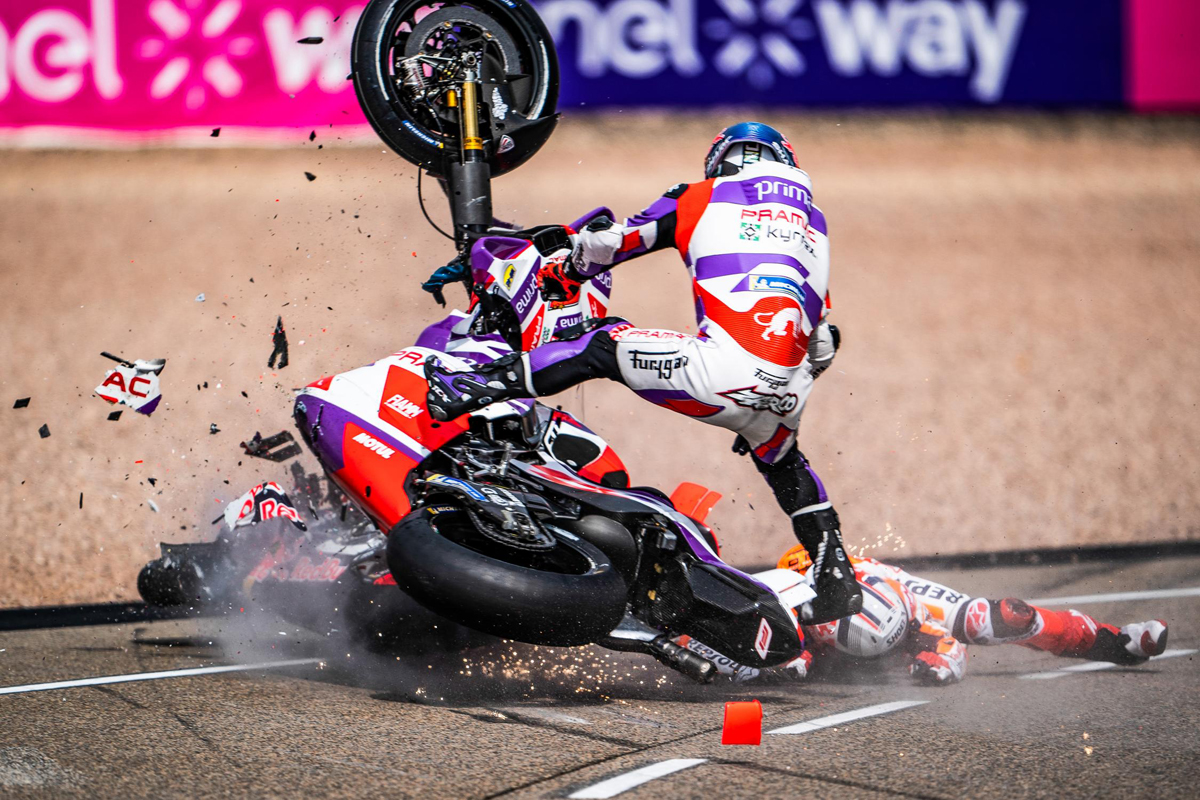
Of course, the other depressing feature was Fabio Quartararo’s failure to even dent the top ten in either race, a race that he won last year. Quite how Yamaha has managed to fall so far off the pace is anyone’s guess but fall they have, completing a Japanese-manufacturer failure to prevent the lock-out of the top ten for the first time since, well, forever (54 years, if you want to be precise!) In the Sprint race, Marquez was the best Japanese manufacturer rider in 11th. In the Main race, Morbidelli was the top Japanese rider in 12th place. They will get it right in due course but which rider will have the confidence to risk their career by riding one?
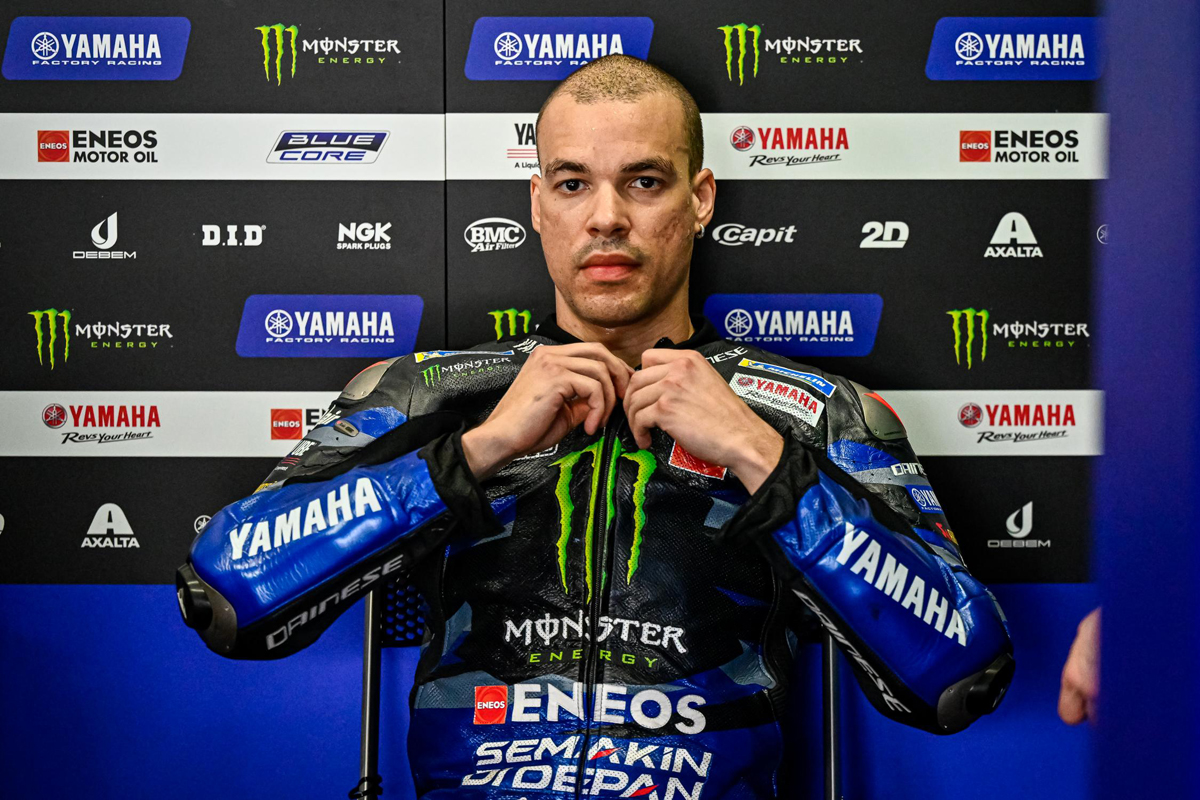
The thing is, the Yamaha M1 hasn’t got any slower since last year. Morbidelli: “We were able to make a very similar race time to what Fabio (Quartararo) did last year winning the race. The problem is this year is a completely different story and we’re doing similar performances than last year, but everybody else was able to improve so much,” said Morbidelli. “And here we are. This is a… we can call it a crisis. We can call it a Japanese crisis. Something got lost along the way. And the Europeans were able to work better, especially the Ducatis and the KTMs.”
Naturally, Jack Miller had a refreshingly blunt and forthright opinion: “We’re (KTM) the only ones not complaining about our motorcycles and we’re actually trying to do something about it, to fix it. Everyone else, all they do is throw their toys out of the cot and say that “My bike’s shit”. It’s as simple as that,” Miller said.
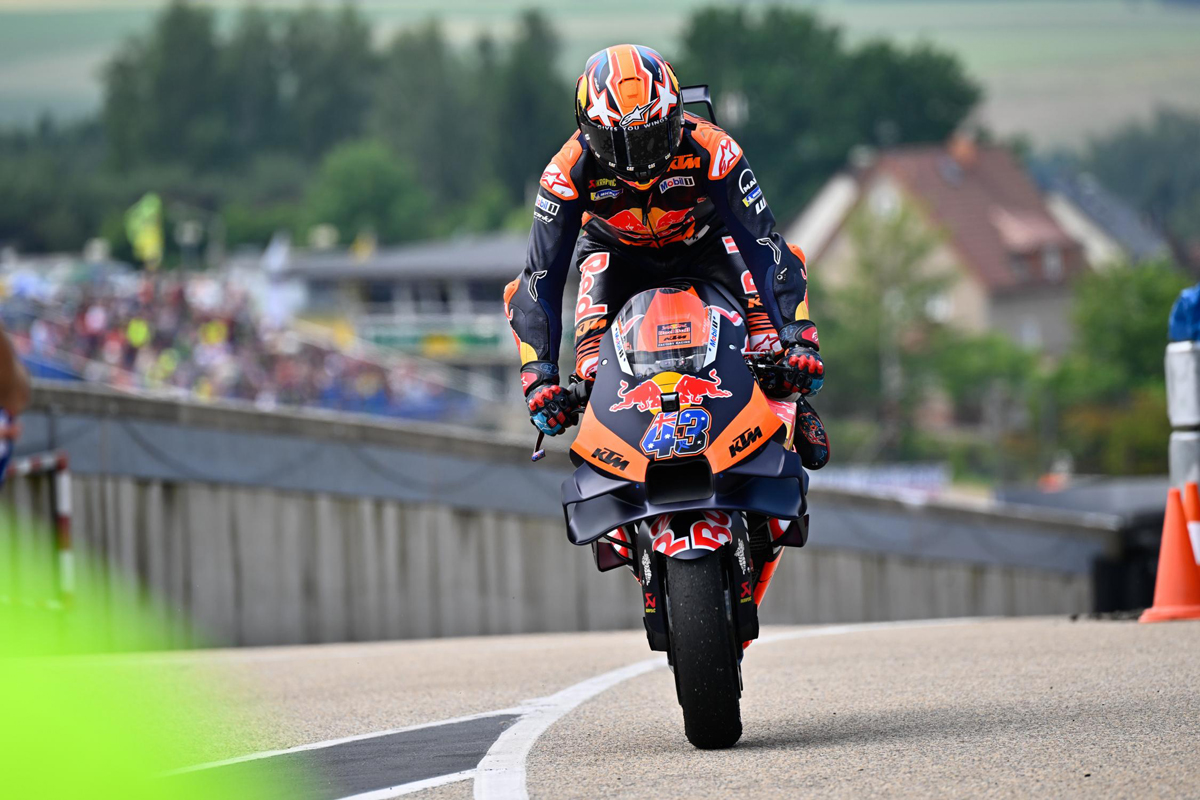
Responding to a comment that ‘some bikes’ are clearly worse, he added: “But why are they (some bikes) shit? Because it’s their own doing. They kicked out 99% of the engineers, to get his (the rider’s) engineers. His guys are in there. And now they are f**ked and he (Marquez) can’t even make it past a lap.
“So it’s their own doing. Everybody wants to complain about their own bikes, nobody wants to do anything about it. Shut the f**k up and get on with the job. You’re paid to ride a motorcycle not to be a f**king princess and complain about your bike!”
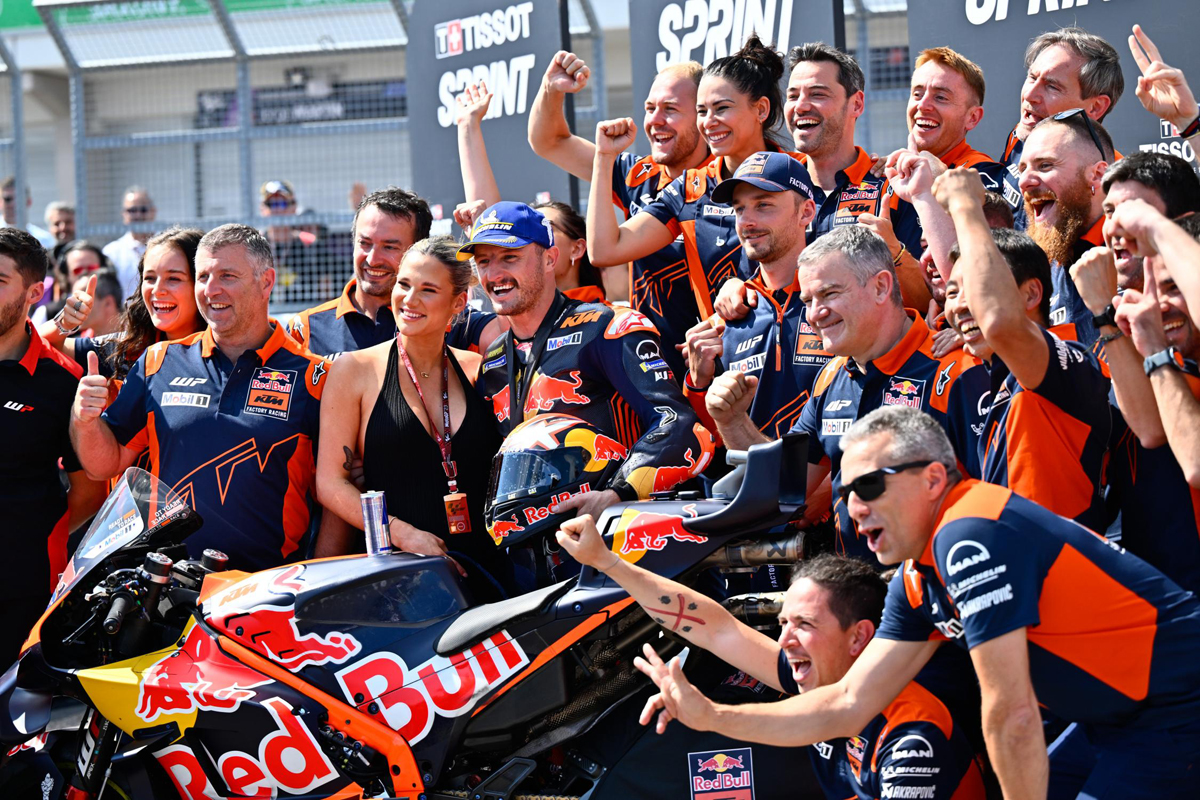
Entertaining but perhaps a little harsh. There can be no doubt that both riders and teams in Honda and Yamaha are doing everything they can to find a solution but, as everyone knows, in today’s racing world, there is no such thing as a quick fix, especially when the problems are more fundamental than simply set-up. If I were Marc Marquez or Fabio Quartararo, champions both, I would also be calling a spade a spade, knowing that I was doing everything alongside the team to fix it.
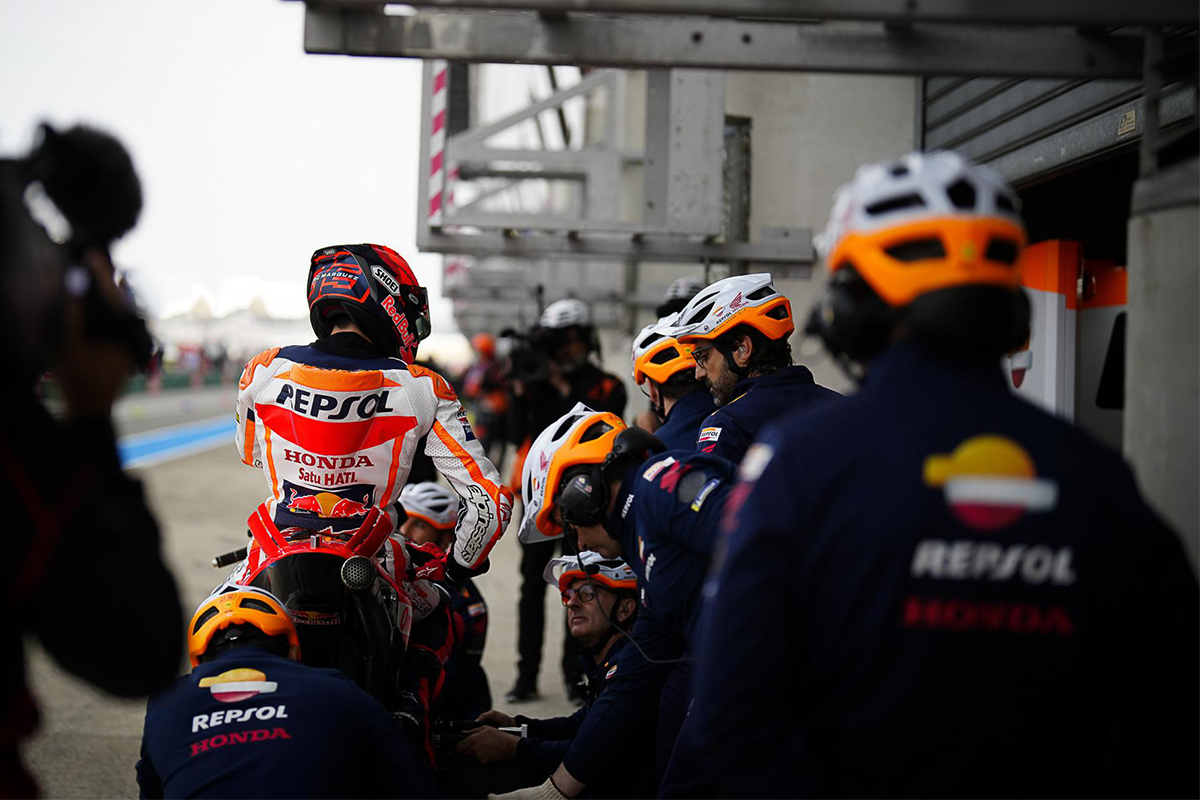
Gigi Dall’Igna came out and said what everyone has been thinking for a long time: “Their strategic mistake was to follow just one rider, to base the development of their bikes on the results and feedback of the leading rider of each brand. Often what the top rider, the champion tells you, isn’t the truth because his talent covers the problems the bike suffers from. Paradoxically, to develop a project well, you have to listen to all the voices, all the riders.”
Of course, that is easy for Ducati to say, having eight riders on the grid. But that is a position they have engineered themselves into: it hasn’t happened by accident but Ducati has been intelligent enough to realise that all of their riders have something to say that is worth listening to. Of course, that could be a nightmare as the engineers are pulled in eight different directions with regards to development and set-up but that is where a genius like Dall’Igna comes into his own: knowing how to sort the wheat from the chaff and finding a good average.
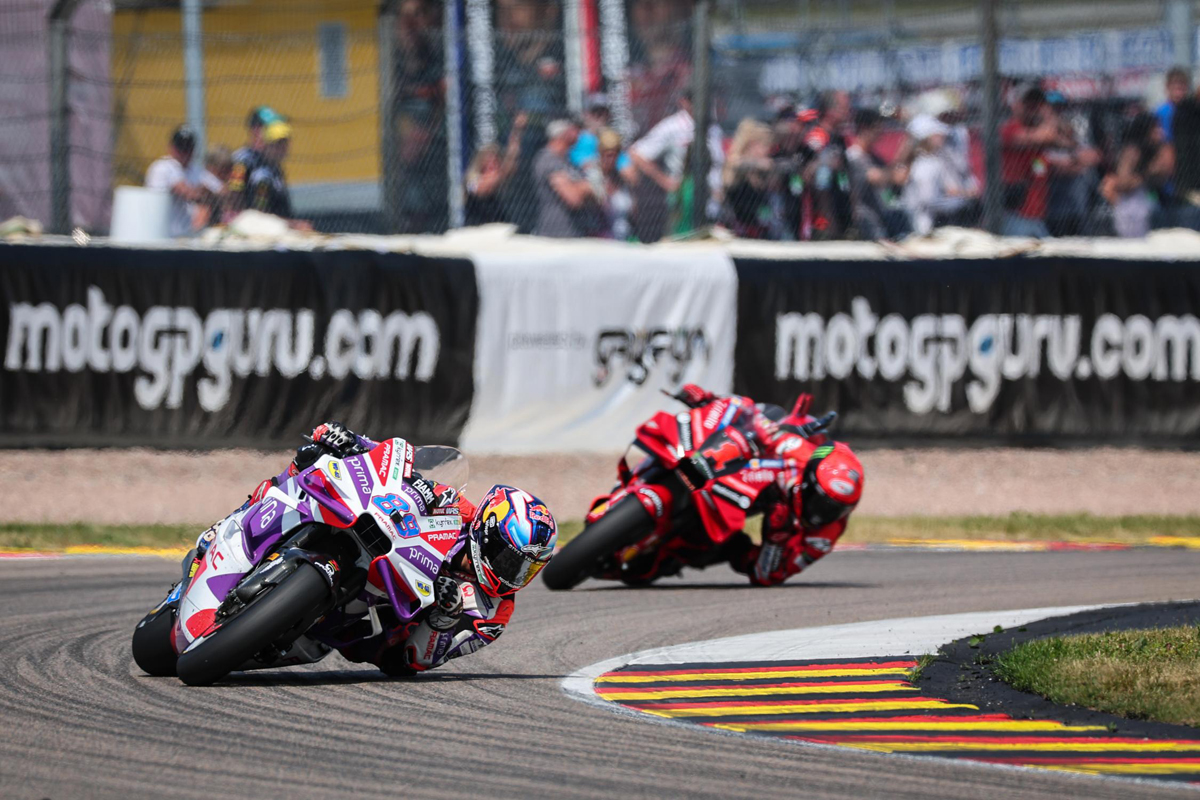
That the approach is working, with the democratic way that Ducati shares the information among all the four teams, has been demonstrated by the consistent top-running of the satellite Prima Pramac, Gresini and Mooney VR46 teams. Marini, Bezzecchi, Zarco, Alex Marquez and, of course, Martin, have each and every one shown that, given the right bike, they are capable of running at the front and, if we are right to be happy about Martin’s debut MotoGP victory, we can only hope that it will be Zarco’s turn soon: 19 podiums is a poor reward for his talent and late-race pace.
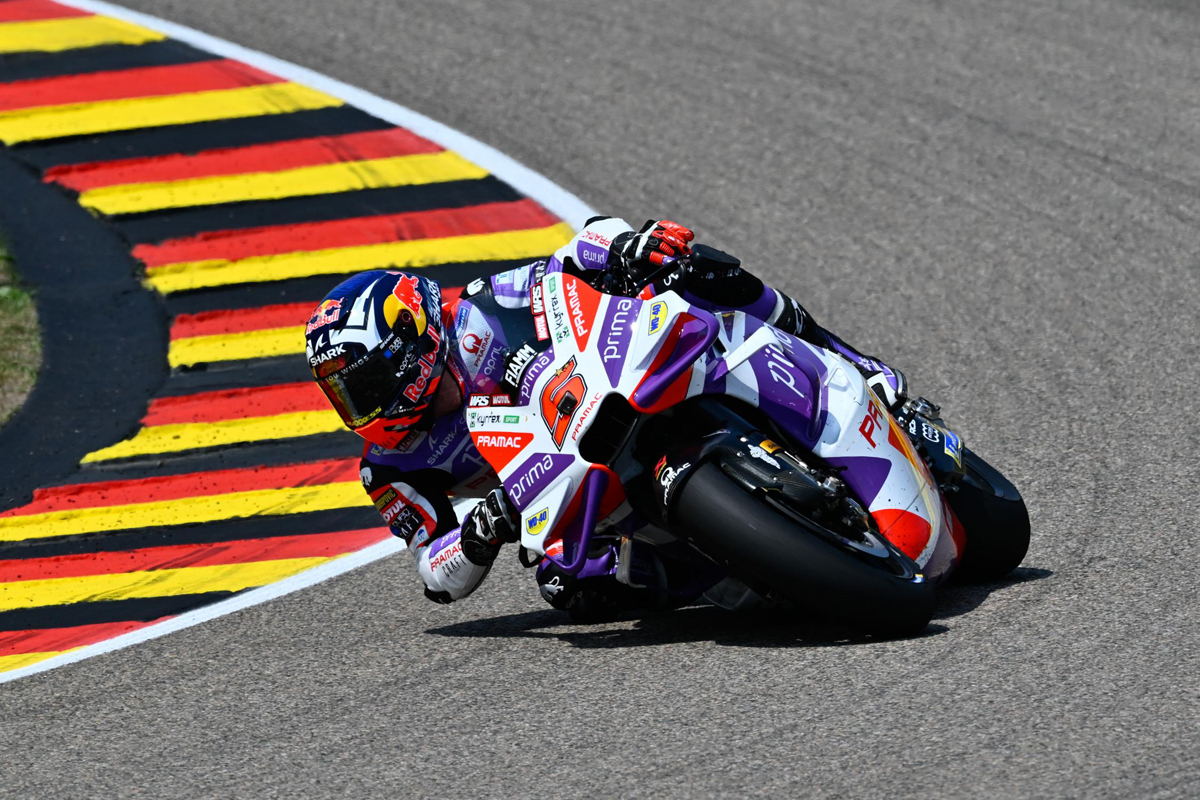
In all this, it is important to salute the brilliant job done by Jorge Martin in Germany. For him to win the sprint race was great and something he has managed before this year. But everyone knows that the real measure of a rider is to win a proper Grand Prix and that is exactly what Martin did on Sunday, holding off a determined Pecco Bagnaia, which is no mean feat. If the Ducati challenge is too much for everyone else on the grid, bar perhaps the KTMs, then at least we’ll have a four- or five-way fight for the title.
